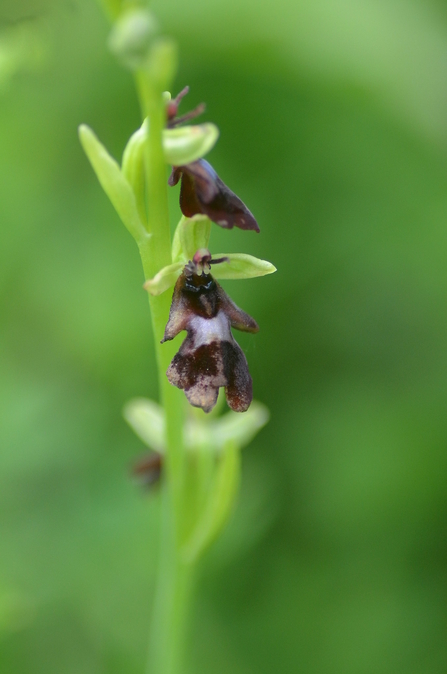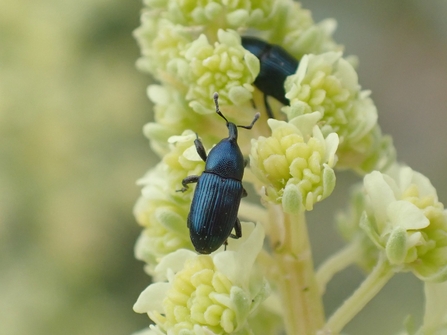Back in November, I introduced two new exciting data-driven projects that the Monitoring and Research team are working on. Firstly, we were embarking on the first-ever State of Nature Report for the Bedfordshire, Cambridgeshire and Northamptonshire area. Secondly, we were producing a database of all of the species recorded on our reserves. This blog post outlines the exciting progress we have been making.
State of Nature Report for Bedfordshire, Cambridgeshire and Northamptonshire
The State of Nature report is progressing well and are pulling together some really important insights into the wildlife of our three counties. With the help of county recorders, the local experts in each group, we are assessing which species should be listed as Local Species of Conservation Concern. This could be because a species is rare or declining locally or species for which our area holds important populations. This analysis will allow us to assess the threats facing these species and to highlight the special place that Beds, Cambs and Northants is.
The report will also give a brief tour of some of the important habitats that our area holds, the key species associated with them and the threats these habitats face. Another key finding of the report so far is the importance of Local Wildlife Sites. These special sites are essential for supporting species through the variety of habitats they hold. They are also vital components of a network of wildlife-rich sites, providing stepping stones for species to move throughout the landscape as the climate changes.
We still have space for more case studies in this report so please do get in touch if you have any suggestions. We would like this report to be a celebration of conservation that works, alongside highlighting the local state of nature.



